In 2019, CRISPR gene-editing therapy was used for the first time to treat sickle cell disease.
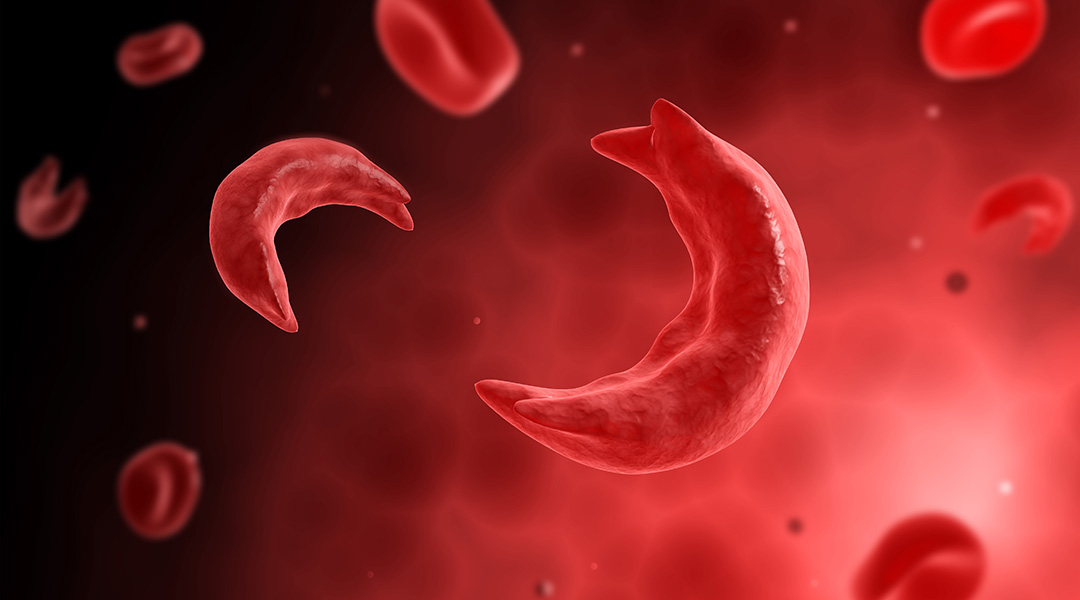

In 2019, CRISPR gene-editing therapy was used for the first time to treat sickle cell disease.
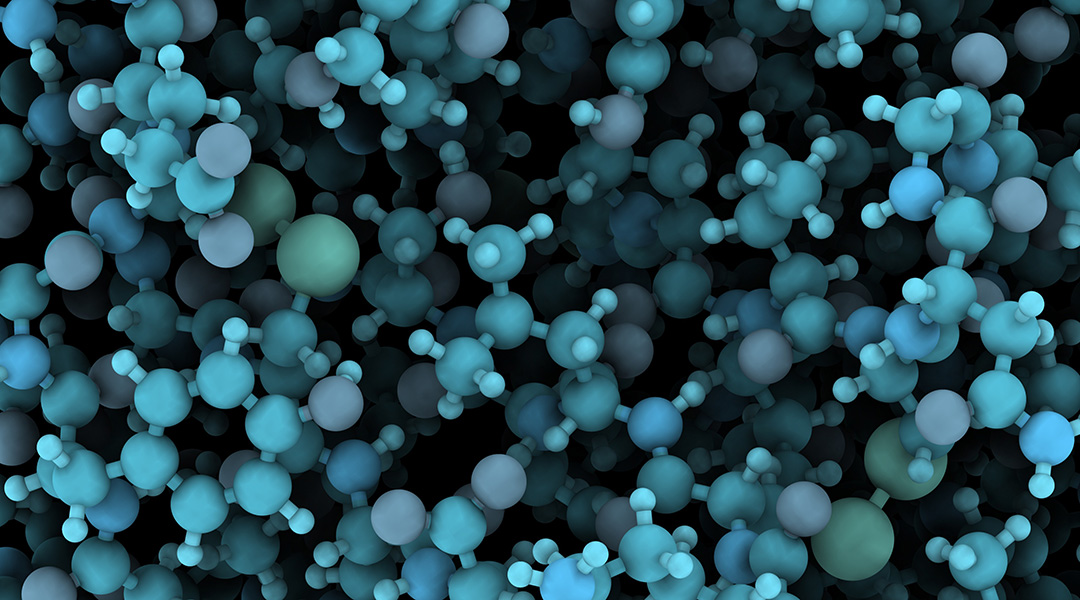
Protein-protected metal nanoclusters have excellent biocompatibility and have received considerable attention as a luminescent probe in a number of fields such as biosensing, bioimaging, and imaging-guided therapy.
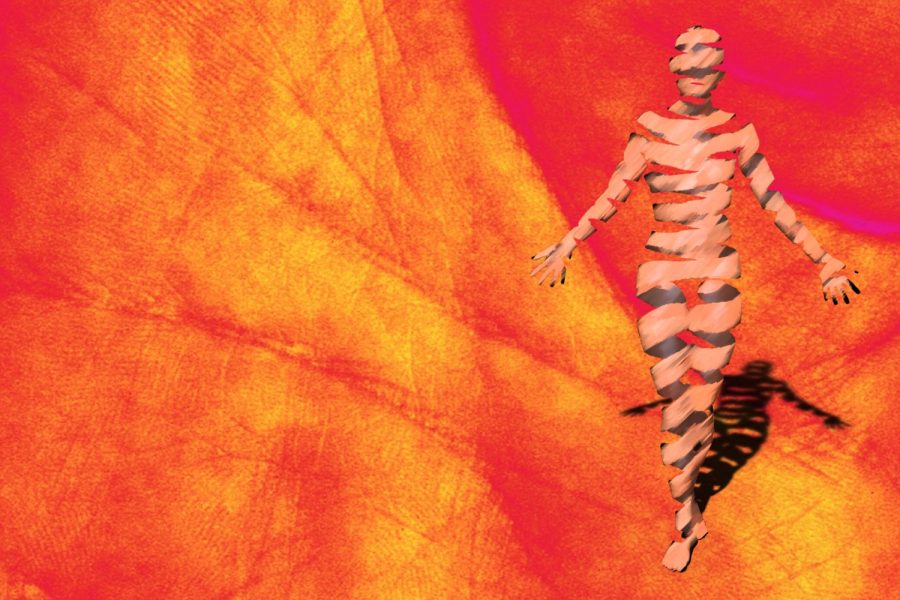
“This work opens new avenues for material scientists and biologists to mimic in the lab the structure of living tissues and to upscale the production of engineered constructs.” ~ Dr. Riccardo Levato and Prof. Chris Moser.
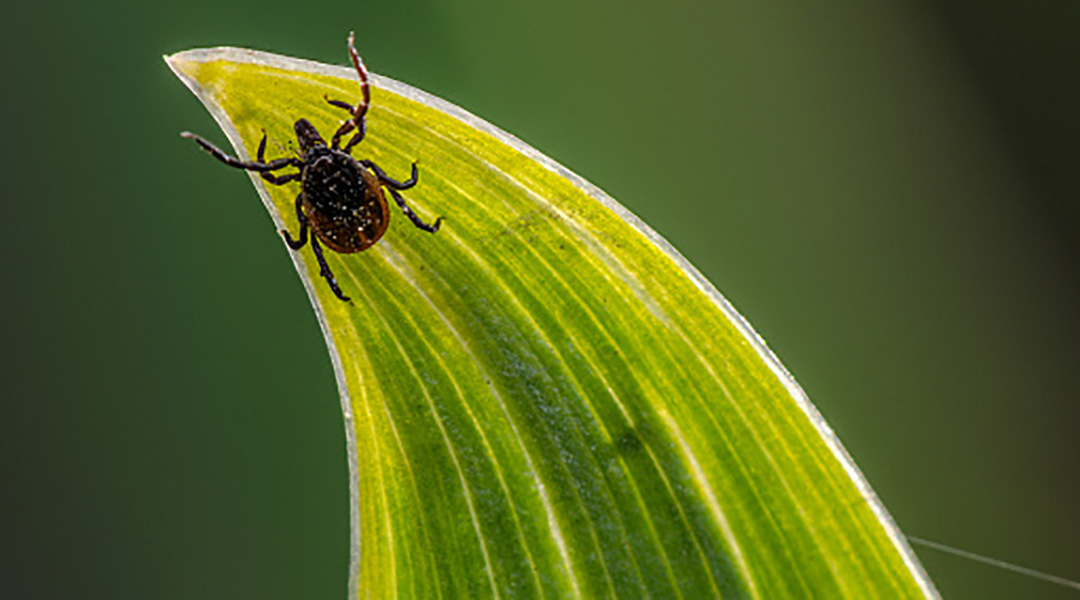
Unraveling the mystery of viral evolution, scientists discover a similarity between hepatitis A and the Triatoma virus that infects blood-sucking kissing bugs.
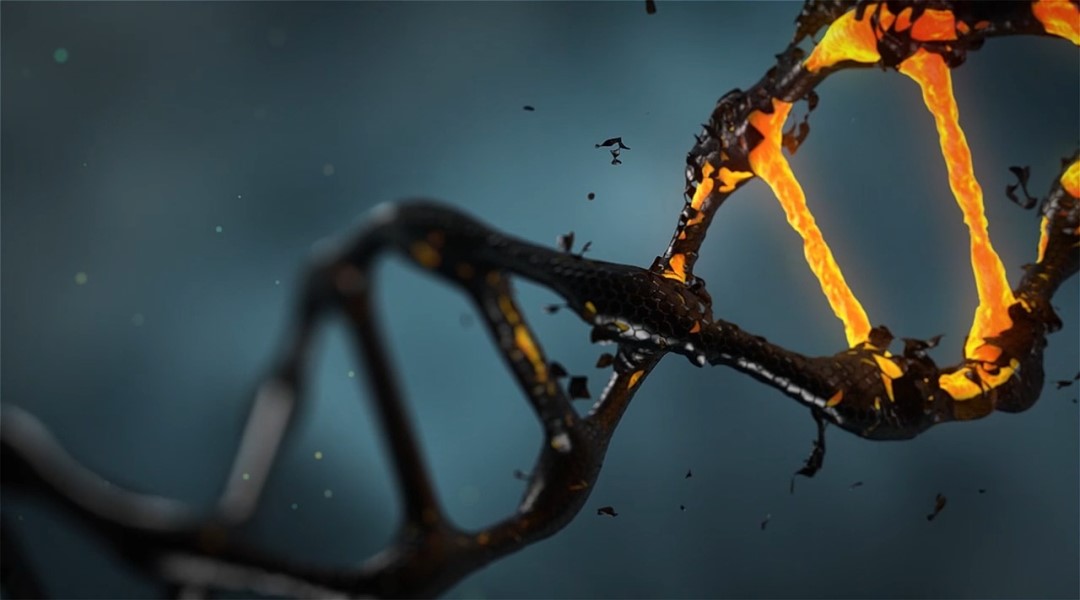
While it might not feel like it, the cells in our body are under constant stress. Cellular exposure to stress such as UV radiation contributes to DNA lesions that the cell responds to by initiating DNA repair pathways. If these lesions are not dealt with, mutations...

Electrospinning is a useful method for preparing non-woven fabrics, and is finding use in creating complex nanostructures.

The 2019 Biopolymers Murray Goodman Memorial Prize winner is Eric T. Kool.
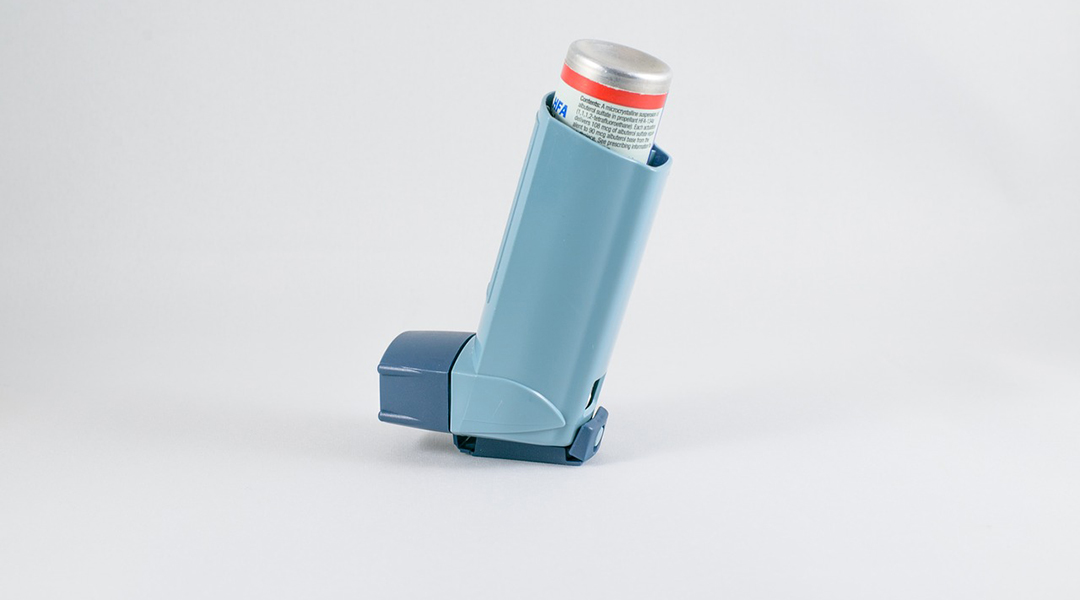
Many nanomaterials can be used to develop inhalable nanomedicines that can be administered with various aerosolization devices.
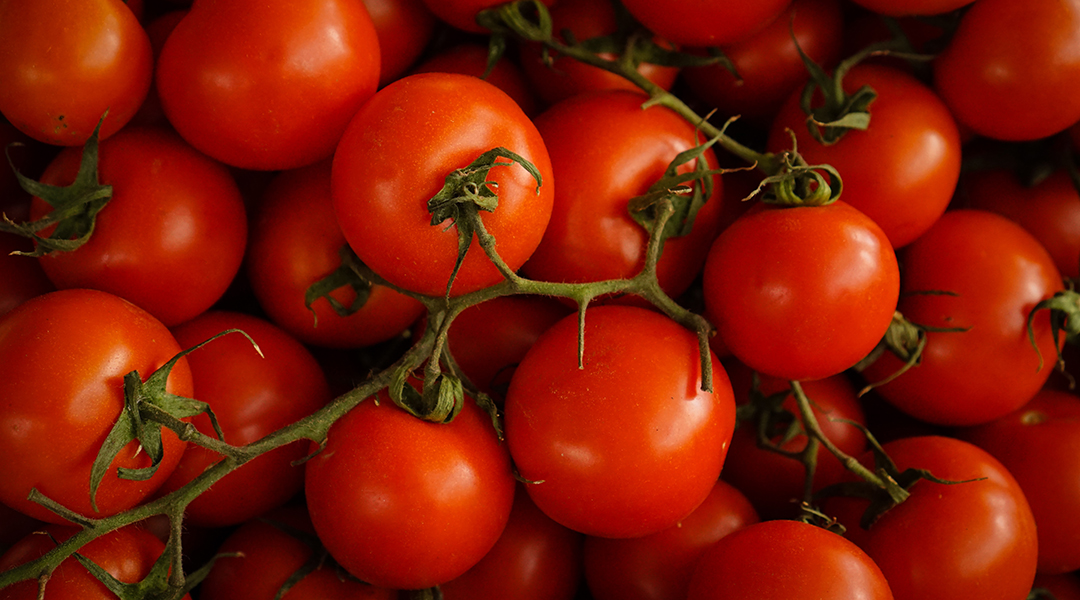
Iron can reduce absorption of lycophene, a beneficial antioxidant that gives tomatoes and other fruits their signature color.

Nobel Prize for Medicine winners William Kaelin, Peter Ratcliffe, and Gregg Semenza “uncover a fundamental mechanism of life”.